Imagine a time when grocery store shelves are empty, power is spotty, or where there’s no heat for the winter. If you’re not prepared, the idea can be scary.
You’ll want to have backup power sources in place, and that means having a way to store those extra batteries safely for emergencies. Proper storage can be challenging, particularly for new preppers.
To make sure you’re storing your batteries in the safest and best way possible, read on.
How Long Does Battery Last If Unused

The quality of most batteries varies based on when or who creates them and the battery type. Extreme temperatures, high humidity, and environmental factors impact the battery’s shelf life. Batteries of higher quality will also have a longer shelf life.
1. Lithium-ion Batteries

A lithium battery’s shelf life is usually between 10 and 12 years. However, shelf life varies greatly depending on various parameters, including chemical composition and battery manufacturers; one of these batteries may occasionally survive up to 20 years.
2. Alkaline Batteries
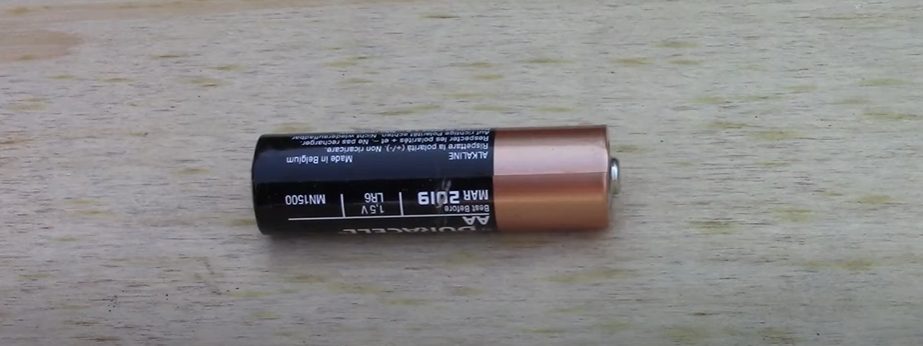
Alkaline batteries have a battery life of five to 10 years at an average temperature. Some individuals may try to charge alkaline batteries, but this is a fire risk and not recommended.
3. Carbon-Zinc Batteries
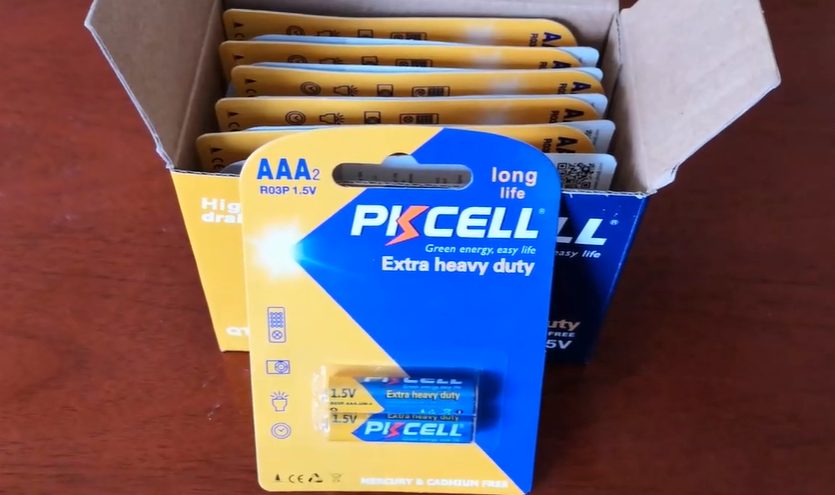
Carbon-zinc batteries are often less expensive than alkaline batteries. They do, however, have lower battery life. Because of their thin walls, they were at a greater risk of leaking. A carbon-zinc battery generally has a three to five-year shelf life.
4. Nickel and Cadmium Battery
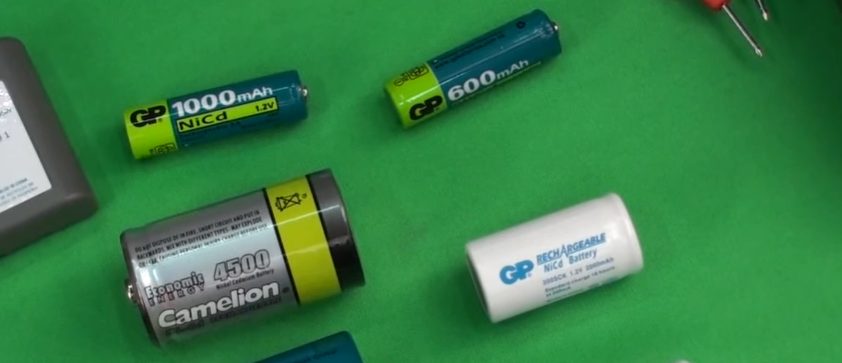
A rechargeable battery like nickel is one of the earliest batteries available. They have several benefits over non-rechargeable batteries, including longer battery life and cycle life. They are also better at maintaining performance quality at high temperatures.
They do, however, have a lower energy density and are more environmentally harmful. A nickel-cadmium battery has an average shelf life of 18 to 36 months and can endure at least 1,000 charge-discharge cycles.
5. Nickel Metal Hydride Batteries
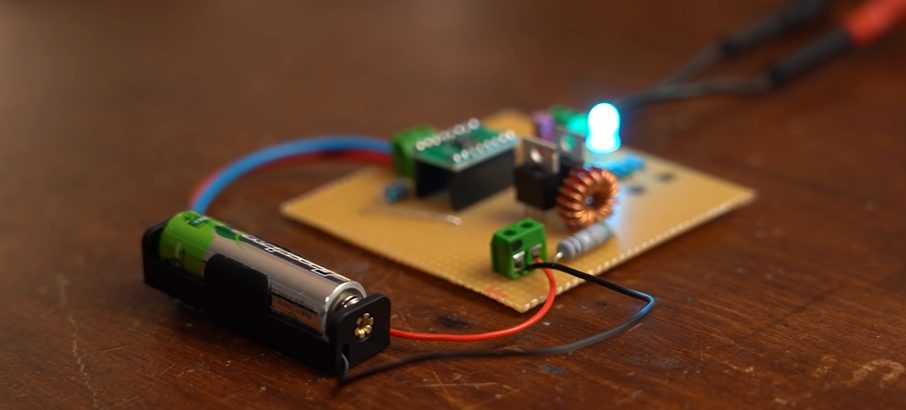
The shelf life of these batteries is greater than that of nickel-cadmium batteries, but the cycle life is shorter. Even yet, the increased energy density of these batteries provides them an edge over other batteries since they don’t need charging as often. They usually have a shelf life of three to five years and may be used for 700 to 1,000 cycles.
6. Lead-Acid Batteries
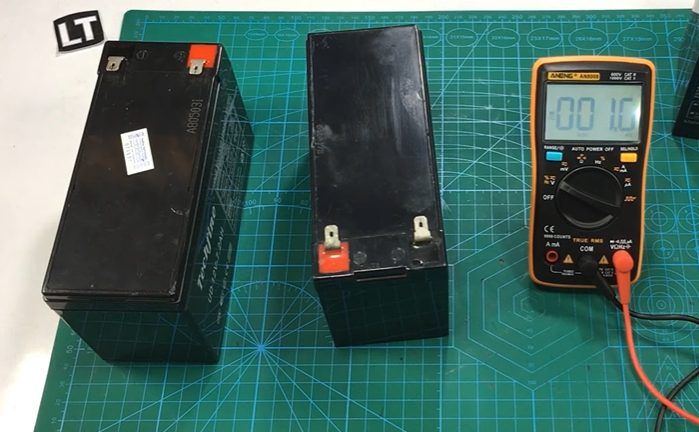
Lead-acid batteries come in a variety of shapes and sizes. Performance, shelf life, and cycle life may all vary significantly. On the other hand, the typical battery life is roughly six months. These batteries have a lifespan of roughly 200 cycles.
7. Rechargeable Batteries
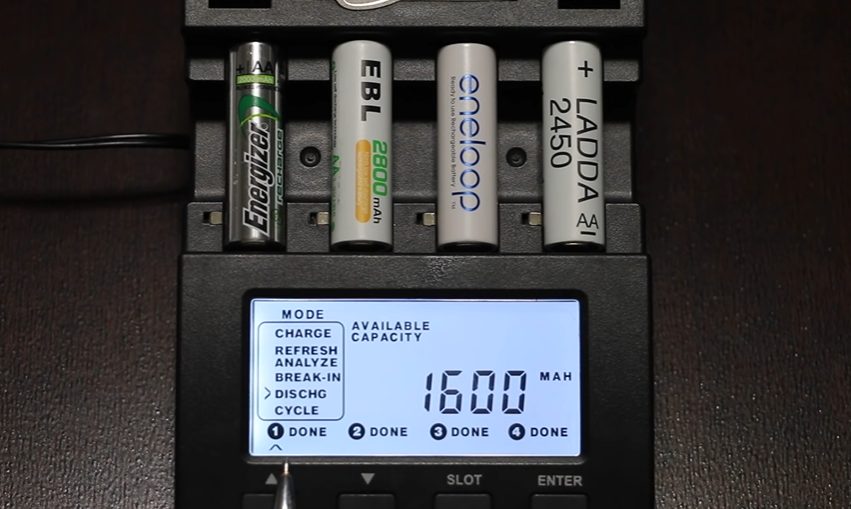
Rechargeable batteries come on different shelves and cycle lives. Rechargeable lithium-ion batteries come in various shapes and sizes and chemical compounds containing lithium.
The shelf life of this category might vary significantly according to the many components that make it up. These batteries will last somewhere between 600 and 1,000 cycles in general. They have a two-year shelf life on average.
How to Store Batteries Safely
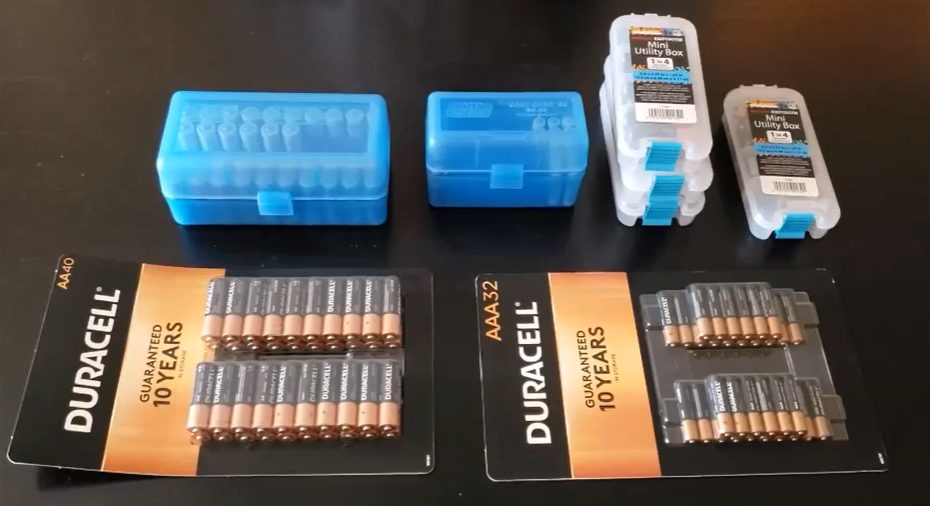
Batteries should be kept dry and at average temperature or slightly freezing temperatures.
Follow these long-term battery storage suggestions to avoid leakage or early power loss:
For Rechargeable Batteries
- Rechargeable batteries are utilized in various products, ranging from mobile phones to power equipment. Maintain these batteries at 40 percent capacity (not completely depleted) to keep them in excellent shape.
- Fully charge the battery before using.
- As soon as possible, remove a fully charged battery from the charger. Do not keep your phone battery, computers, or other gadgets plugged in for an extended period since this might affect the battery’s lifetime.
For Household Batteries
- If possible, keep single-use batteries in their original packaging, so they don’t encounter other batteries.
- If the original packaging is not available, stack like batteries in a container with all the positive ends facing the same way. The proper way to store batteries is not with their opposed ends touching.
- Do not store household batteries with other metal objects such as desk staples or loose cash. If the battery comes into contact with metal objects, it may short circuit, causing the battery to leak.
- Store batteries of the same kind and age in the same container. The older batteries might deplete the energy of the new batteries.
- Ensure that the batteries are not punctured or crushed while in battery storage. When traveling with batteries, this step is very crucial.
For Vehicle or Car Battery
- When temporarily storing an automobile, like your bug-out vehicle, do a test drive every few weeks to keep the battery charged. Consider removing the battery entirely if you are storing a vehicle you won’t be able to drive for longer than a few months.
- Turn off the automobile before removing the battery.
- Clean the automobile batteries to eliminate any corrosion, then store them in low temperatures that do not go below freezing.
- If you want to extend the life of your automobile battery while it’s in long-term storage, consider using a trickle charger.
- You may find more detailed instructions in the original packaging.
Safe Handling of Used, Semi-Full, and Damaged Batteries
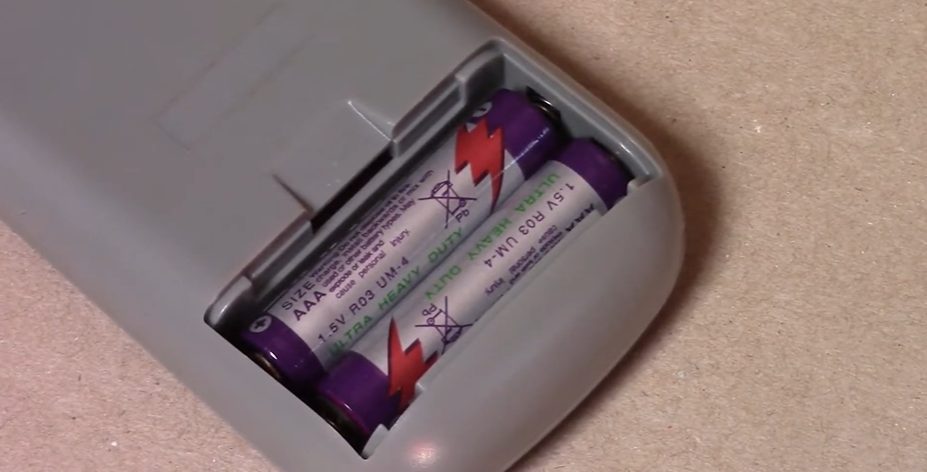
Batteries are bulky, contain corrosive chemicals, and generate electricity. They pose a safety hazard, necessitating various safety procedures while handling them. Unless you are camping outdoors want to intentionally use a battery to start a camp fire, follow the guidelines below.
Place used batteries in a specialized battery storage box
Use a battery storage box and not leave it in the gadget itself. Place it somewhere dry and well-ventilated. Do not keep used batteries in the refrigerator or near the oven. Small batteries should not be kept in pillboxes or with other medications. Button cells, for example, may be readily mistaken for drugs due to their form and size.
Separately store empty and semi-full batteries
Used batteries should be separate from new batteries. You can quickly tell which batteries you can use and which you can’t if you keep them in separate containers.
What about batteries that you’ve taken out of your gadget that is semi-full?
Safely store two battery storage boxes in a secure, dry, and well-ventilated location. One box contains empty batteries, while the other has ones you may still use. To distinguish between the boxes, place a label on each one.
Handle damaged batteries with care
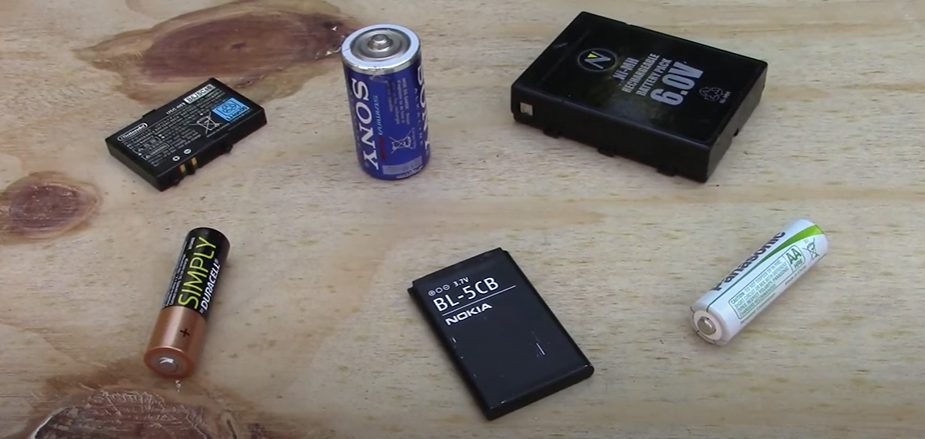
When you leave batteries in a gadget for an extended period, they begin to leak. If this is the case, remove each battery and keep it individually in a clear plastic bag. Keep the bag dry, well-ventilated, and as far away from flammable things as possible. Prevent skin irritation by avoiding contact with substances such as lead-acid. When you are through, wash your hands.
On the other hand, if you are dealing with a mobile phone that has suddenly outgrown its confines or a bulging tablet, a bloated battery is what it is. Overheating may cause batteries to bulge for a variety of reasons.
If it’s already too late, don’t wait for the battery to shrink; instead, turn your gadget off and put it away for the time being. The resulting gas is a fire risk and hazardous to one’s health. Store batteries safely and away from fire-sensitive materials whenever possible.
Traveling With Batteries
The Federal Aviation Administration, or FAA, has implemented many battery safety recommendations to avoid fires. Furthermore, the Transportation Security Administration (TSA) collaborates with the FAA to ensure airline passenger safety.
Batteries That Fit in Carry-On Luggage
According to security regulations, passengers may bring dry cell rechargeable batteries in their baggage. Passengers may also carry nickel-metal hydride and nickel-cadmium. Lithium-ion batteries are also permitted since they often power laptop computers.
You may store TSA-approved batteries in checked luggage. However, since the flight crew will be monitoring the cabin conditions, putting batteries in carry-on baggage is ideal. If the battery starts a fire, travelers and crew members can access the area.
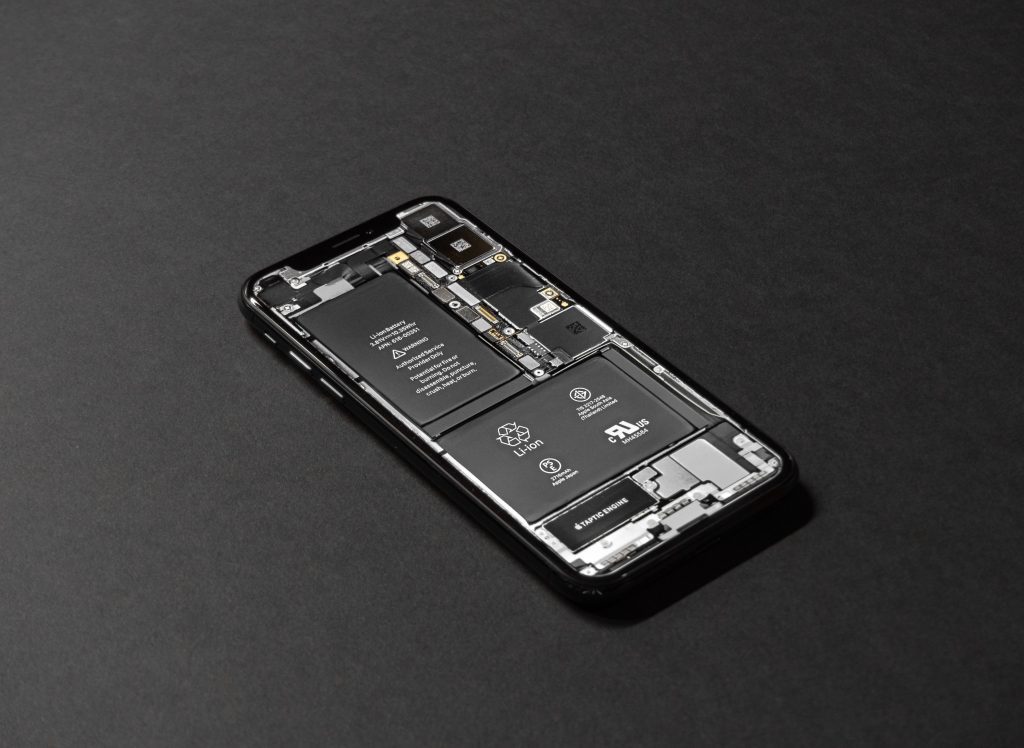
Batteries That Are Prohibited
People cannot travel while hand-carrying a car battery, wet batteries, or spillable batteries. If a person is transferring a spare battery for an aided device, one must inform the airline operator so that one may do the correct packing. Keep in mind that the FAA only allows two units of bigger lithium-ion batteries at a time.
Battery Packing Suggestions
When bringing additional batteries, the TSA recommends that each power source is in its battery storage box or plastic bag. Travelers may also use tape to isolate the terminals and avoid short-circuiting by covering each battery’s contact with the tape.
Suppose a person wishes to travel with a battery-powered electronic gadget in their baggage. To prevent it from accidentally turning on during the journey, one should tape the power switch in the “off” position. Also, don’t stack heavy stuff on top of batteries, and keep sensitive materials in a different portion of the luggage.
Traveling with Chargers
When traveling, remember that battery chargers can be stored properly in both checked and carry-on luggage. Make sure, however, that you wrap an electrical cable around the gadget. People may reduce the risk of a fire or other dangerous circumstances by practicing the proper way to store batteries.
Basic Battery Care
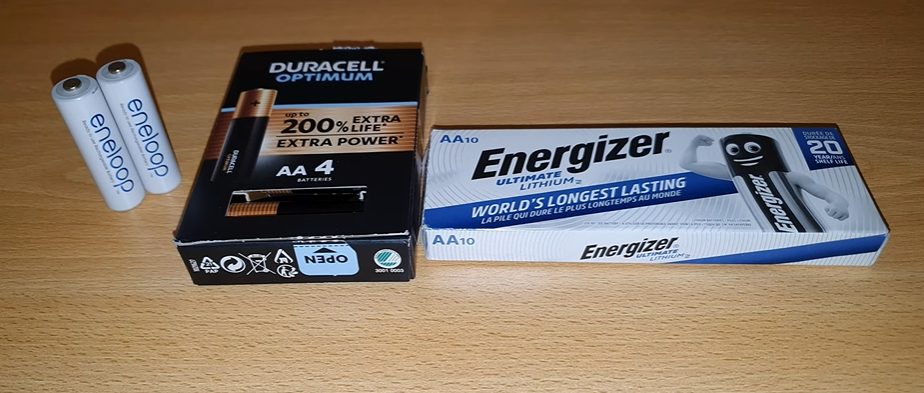
Here are some of the primary battery care tips:
- Disconnect the equipment’s batteries when not in use.
- Maintain cool temperatures for battery storage.
- Secure any loose batteries for long-term storage.
- Keep the old and new batteries separate.
- Be cautious to keep batteries away from valuables, especially metal objects.
- Keep the batteries in their original container as long as possible.
- Keep batteries, exceptionally tiny and compact lithium-ion batteries, and the gadgets that utilize them out of children’s reach.
- Before inserting batteries, read the instructions on your device. Only use the battery size and type recommended in the battery manufacturer’s instructions.
- Make sure they are not near any metal objects.
- Keep batteries away from direct sunlight and fire.
